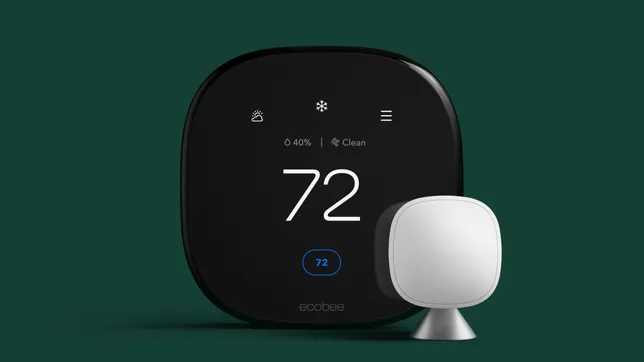N95 vs KN95 vs KF94 Masks: Understanding the Differences

In the current global health landscape, face masks have become an essential tool in combating the spread of viruses. Among the most popular and effective masks are the N95, KN95, and KF94. Understanding the differences between these masks is crucial in making informed decisions about personal protection. This article aims to compare and contrast these three types of masks based on their design, filtration efficiency, and guidelines.
Design Differences
N95 masks are manufactured in America according to guidelines set by the National Institute for Occupational Safety and Health (NIOSH). They come in various designs, such as cup, folded, or duckbill-shaped masks. The key element of N95 masks is their head straps, which provide a tighter fit around the face compared to ear loops commonly found in other masks.
KN95 masks are China’s equivalent to N95 masks. These masks come with several designs as well but commonly feature ear loops instead of head straps. Some KN95 masks have adjustable nose clips for better facial fit.
KF94 masks originate from South Korea and feature a distinct 3D flat-fold design with side flaps to cover the cheeks for improved coverage. These masks come with ear loops and adjustable nose pieces.
Filtration Efficiency
All three types of masks provide high filtration efficiency. N95 and KN95 masks both filter at least 95% of airborne particles that are 0.3 microns in diameter or larger. KF94 masks filter at least 94% of similar-sized particles.
However, it is essential to remember that filtration efficiency depends on a proper fit. A poorly-fitted mask can compromise its effectiveness regardless of its filtration capabilities.
Guidelines and Certifications
As previously mentioned, N95 masks follow guidelines set forth by NIOSH in America. These standards ensure high-quality performance with approval and certification granted post-testing.
KN95 masks adhere to Chinese standards, specifically the GB2626-2006 or newer GB2626-2019 guidelines. These masks undergo evaluation by Chinese authorities before being allowed for distribution.
KF94 masks follow guidelines established by the Korean Ministry of Food and Drug Safety (MFDS). They must pass testing and certification processes before entering the market.
In Conclusion
When comparing N95, KN95, and KF94 masks, it is crucial to consider factors such as design, filtration efficiency, and guidelines. Each mask offers high levels of protection against airborne particles, but personal preferences in terms of fit and comfort may affect your decision.
Furthermore, since mask effectiveness relies heavily on proper fit and use, it is essential to prioritize wearing a mask correctly over choosing a particular type. Always follow the usage instructions provided by manufacturers and remember that masks should not replace other recommended measures like social distancing, handwashing, and getting vaccinated when possible.





